Your Cart is Empty
Free Shipping over $150 (Excludes Oversized Products)
Free Shipping over $150 (Excludes Oversized Products)
Sanding Belts
Sanding Discs

Oak Vs Walnut: Which Is Better For Woodworking?
by David Kranker 8 min read

Quick Summary
Oak is a light-colored, highly durable wood with a bold, open grain, making it ideal for furniture, flooring, and high-traffic areas. Walnut, on the other hand, is known for its rich, dark color and fine grain, often chosen for its luxurious appearance in high-end furniture and decorative pieces. Oak is harder and more resistant to wear, while walnut is softer and easier to work with, making each wood suited for different types of projects. Oak is generally more affordable and better suited for large builds, while walnut is a premium choice that can get expensive for larger projects. Ultimately, choosing between oak and walnut depends on your project's needs, budget, and desired look.
You’re thinking about your next woodworking project. Maybe you want to build a new sideboard for the dining room or replace the older doors on your century farmhouse. You’ve got some oak and walnut wood in your shop - how do you decide which one to go with? Or, from a more general perspective, which one is better for woodworking?
Both oak and walnut are highly regarded hardwoods, known for their durability, beauty, and versatility. The main difference between them is that oak is lighter than walnut and slightly tougher, but is that all? And how do you determine which wood is the better choice for your woodworking project?
Your decision might depend on various factors, such as the look you’re going for, the type of project you're working on, and your budget. Each wood type has distinct characteristics that set it apart, making both excellent options in different situations.
In this blog, the team atRed Label Abrasives will explain the primary differences between oak and walnut, so you can choose the right wood for your woodworking projects. We’ll also cover how each wood behaves during different stages of woodworking, such as sanding, finishing, and cutting. If you're looking to take your woodworking to the next level, understanding these differences can help you achieve a beautiful, long-lasting result.
Appearance: The Look of Oak vs. Walnut
When you're selecting wood for a project, appearance is likely one of the first things you consider. Oak and walnut each offer unique visual characteristics that can dramatically impact the final look of your piece.
Oak is typically light-colored, with distinct grain patterns that are easy to recognize. The grain is usually straight but can sometimes be wavy, giving the wood a bold, rustic look. The most common types of oak used in woodworking are red oak and white oak: red oak has a pinkish hue, while white oak leans more towards neutral golden tones. Oak’s grain is open and porous, which allows it to take stains well, making it versatile for a range of aesthetics.
Walnut, especially black walnut, is prized for its dark, rich color. It can range from a deep chocolate brown to purple and reddish hues, and its grain is typically more subtle than oak’s. Walnut has a tight, smooth grain, giving it a sleek, refined appearance that’s ideal for high-end furniture and cabinetry. If you're looking for a luxurious, polished finish, walnut is hard to beat. Its darker color also allows for more contrast when paired with lighter wood or metal accents.
Durability and Hardness: Which Wood Stands the Test of Time?
Another important factor to consider is the durability of the wood you choose. Both oak and walnut are hardwoods, but their hardness and resistance to wear vary.
Oak is a very tough and durable wood. On theJanka hardness scale, which measures the resistance of wood to wear and denting, red oak scores about 1,290, and white oak is slightly harder at 1,360. This makes oak highly resistant to dents and scratches, making it perfect for projects that will endure daily wear and tear, such as flooring, kitchen cabinets, or heavy-use furniture like dining tables. Oak’s hardness also means it will likely last for generations with proper care, making it a popular choice for heirloom-quality pieces.
Walnut is slightly softer than oak, with a Janka hardness rating of 1,010. While it’s still a hardwood, it doesn’t offer the same level of resistance to dents and scratches as oak. However, walnut wood remains highly durable and can easily be used for doors and furniture. Because of its slightly softer nature, walnut is often chosen for pieces where appearance is the priority rather than raw durability. If you're creating a decorative piece or something that won’t be exposed to heavy wear, walnut’s beautiful color and grain may make it the better choice.
Workability: How Easy Are Oak and Walnut to Work With?
As a woodworker, you also need to consider how easy a material is to shape, cut, and finish. This is especially important because the workability of oak and walnut differs significantly from one another.
Oak is known for being a bit challenging to work with, particularly because of its hardness. It can be tough to cut and shape, especially when using hand tools. Oak’s open grain also tends to splinter if you're not careful during the cutting process. However, oak sands and finishes well, making it a great wood for staining. If you’re going for a specific look, oak’s ability to take on different colors and finishes can give you the versatility you need.
Walnut, being softer, is much easier to work with than oak. It’s less likely to chip or splinter, and it’s generally more forgiving when cutting, shaping, or routing. Walnut’s fine grain makes it ideal for detailed woodworking projects where precision is important. Additionally, walnut finishes beautifully with natural oils that enhance its already striking appearance. If you’re looking for a wood that’s easy to handle and produces stunning results, walnut may be your go-to choice.
Cost: Is Oak or Walnut More Budget-Friendly?
For many woodworkers, the cost is a big factor in choosing materials. Oak and walnut vary considerably in price, with each offering different levels of affordability.
Oak is generally less expensive than walnut, largely due to its abundance and availability. Red oak, in particular, is one of the most affordable hardwoods you can buy. White oak is slightly more expensive but still falls within a reasonable price range for most woodworkers. If you're working on a large project and need to keep costs down, oak is often the more budget-friendly choice.
Walnut, on the other hand (especially black walnut), is considered a premium wood, and that’s reflected in its price. Walnut is less abundant than oak, and its rich, dark color makes it highly sought after. For smaller projects, the cost of walnut wood may be manageable, but for larger builds, it can quickly become expensive. If your project requires large quantities of wood, oak might be the more practical option from a financial standpoint.
Uses: Ideal Applications for Oak and Walnut
Your choice between oak and walnut will depend heavily on the specific type of project you're working on. Both kinds of wood have different strengths that make them better suited for certain applications.
Oak’s strength and durability make it ideal for projects that need to withstand heavy use, like flooring, cabinetry, and structural elements. Oak’s open grain also makes it a good choice for rustic or traditional-style furniture, where you want a bold, natural look. Oak is also frequently used for outdoor projects, as white oak in particular is resistant to moisture and decay, making it perfect for outdoor furniture or structures.
Walnut’s luxurious appearance makes it the go-to choice for high-end furniture, cabinetry, and decorative pieces. Its fine grain and rich color make it ideal for showpieces, such as custom dining tables, shelves, or artistic woodworking projects. Walnut is also used in musical instruments and gunstocks, where its aesthetics and workability are highly valued.
Sustainability: Which Wood is the More Eco-Friendly Option?
As more woodworkers become conscious of sustainability, the environmental impact of the wood they choose is increasingly important. So how do the two woods compare in this respect?
Oak is often harvested from sustainably managed forests, particularly in North America and Europe. However, because oak trees take time to mature, over-harvesting can be a concern. To ensure you’re using sustainably sourced oak, look for certification from organizations like theForest Stewardship Council (FSC).
Walnut trees take longer to grow than oak, making sustainability a bigger issue. Walnut is often considered more scarce, and its premium status means it’s in high demand, which can lead to over-harvesting. As with oak, it’s important to check for FSC certification to ensure the walnut you’re using is sourced responsibly.
Maintenance: How to Keep Oak and Walnut Looking Their Best
One factor that woodworkers sometimes overlook is the maintenance required to keep their finished products looking their best. Oak and walnut have different needs when it comes to upkeep, so it's worth considering how much time and effort you're willing to invest in maintaining your project.
Oak is relatively easy to maintain, especially if it has a durable finish like polyurethane. It can handle heavy use without showing too much wear, but its open grain may require periodic cleaning to prevent dirt and grime buildup. Regular dusting and occasional polishing will keep oak furniture looking great for years.
Walnut, with its darker color and smoother grain, is also easy to maintain but may show scratches more readily than oak. A simple oil finish will highlight walnut’s natural beauty, but it will require more frequent reapplication to maintain its sheen. Be cautious with placing hot or heavy objects on walnut surfaces, as these can leave marks that are harder to remove.
Best Types of Abrasives for Oak and Walnut
Sanding is a key part of any woodworking project, and using the right abrasives can make a big difference in how smooth and professional your final result is. Both oak and walnut are hardwoods, so they’re sanded similarly.
The best abrasives for sanding either wood would be closed-coat aluminum oxide. Closed-coat abrasives feature denser abrasive grain coverage on the backing, which provides for a more aggressive cut to sand harder woods faster.
For initial sanding with oak wood, a medium grit like 120 is ideal, followed by successively finer grits to achieve a smooth finish. Oak’s open grain also means it benefits from a thorough sanding to ensure an even, polished surface.
Since walnut is softer than oak, it requires a different approach. You can start with a medium grit abrasive (150) but move up to finer grits (220 or higher) more quickly. Walnut sands down more easily than oak, so be careful not to over-sand and lose the wood’s natural character.
So Which is Better for Your Project—Oak or Walnut?
Ultimately, the decision between oak and walnut comes down to what you're looking to achieve with your project. As you’ve seen from this article, oak is affordable, durable, and ideal for high-traffic areas and rustic designs. Walnut, while more expensive, offers a luxurious appearance and is easier to work with for detailed projects. It all depends on your goals for the project, so in that respect, there is no wrong answer.
Excel in Your Woodworking Projects With Red Label Abrasives
Whether you choose oak, walnut, or both, Red Label Abrasives can help you achieve a flawless finish with the right sanding tools. From durableclosed-coat aluminum oxide sanding belts to finesilicon carbide sanding discs, Red Label Abrasives has a range of products designed to make your woodworking projects shine. No matter which wood you select, the right abrasives can elevate your work to the next level. For more information about our industrial-grade products or to place an order, call844-824-1956 orfill out our contact form today. ABOUT THE AUTHOR
David Kranker is a writer and creative maker who has been covering the abrasive and woodworking industries on the Red Label Abrasives Blog since 2020. David spends his time continually researching sanding and woodworking to provide readers with the latest and greatest information. In his free time, David utilizes abrasives for many different home and auto projects at his home in Delton, MI.
Our Most Popular Abrasives For Woodworkers
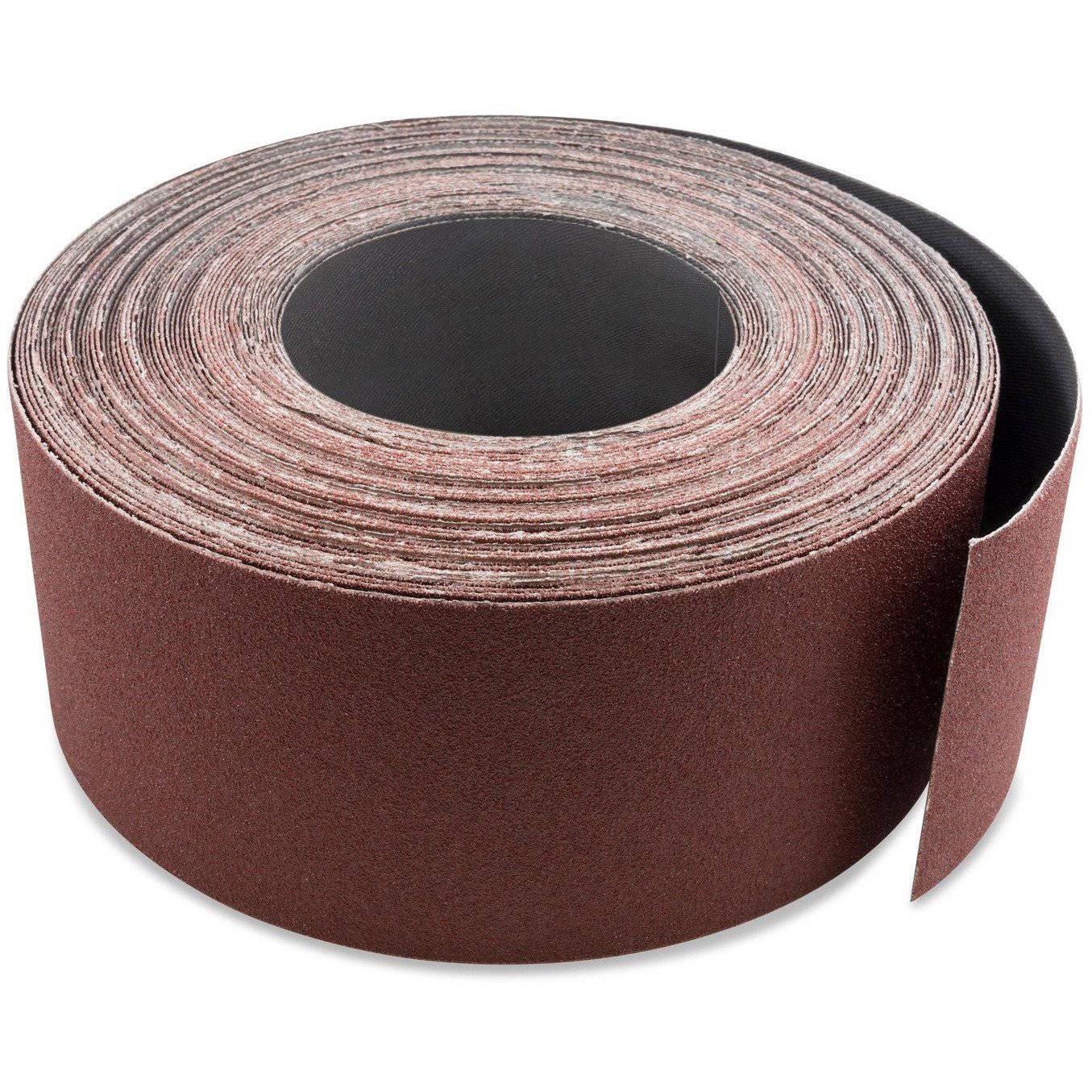
3 inch X 70 FT Woodworking Aluminum Oxide Cloth Drum Sander Strip Roll
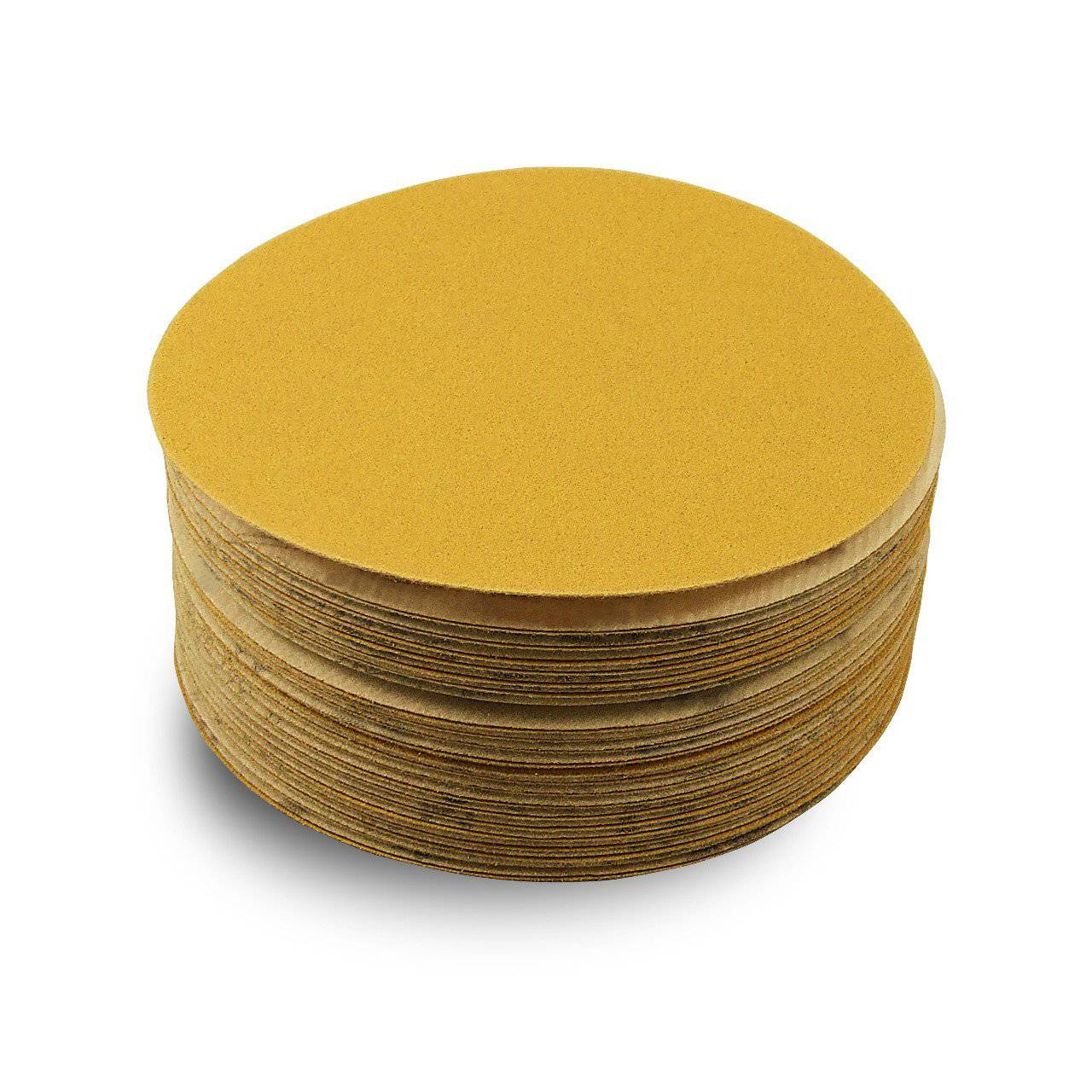
5 Inch Hook and Loop Gold Sanding Discs, 50 Pack
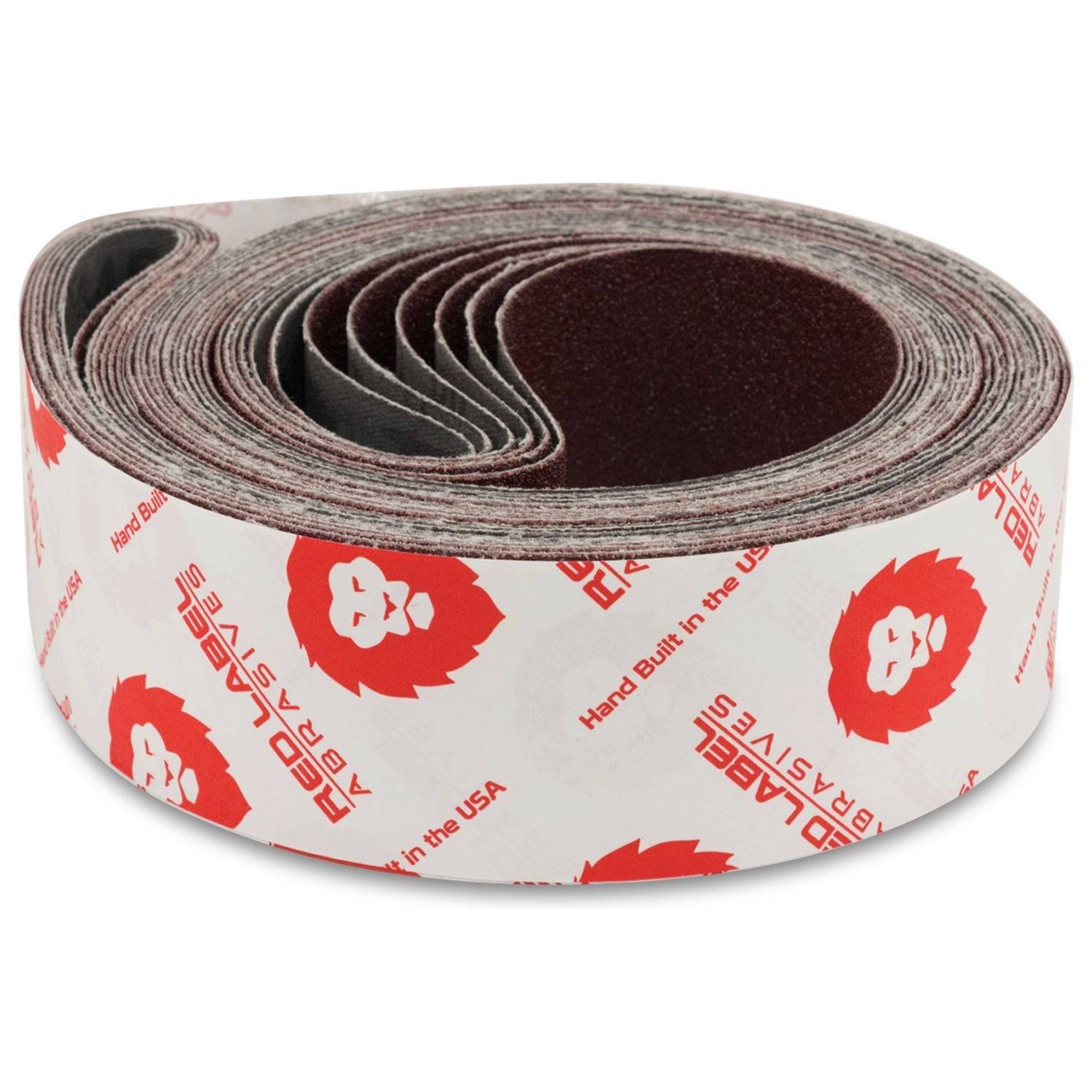
2 X 72 Inch Multipurpose Sanding Belts, 6 Pack
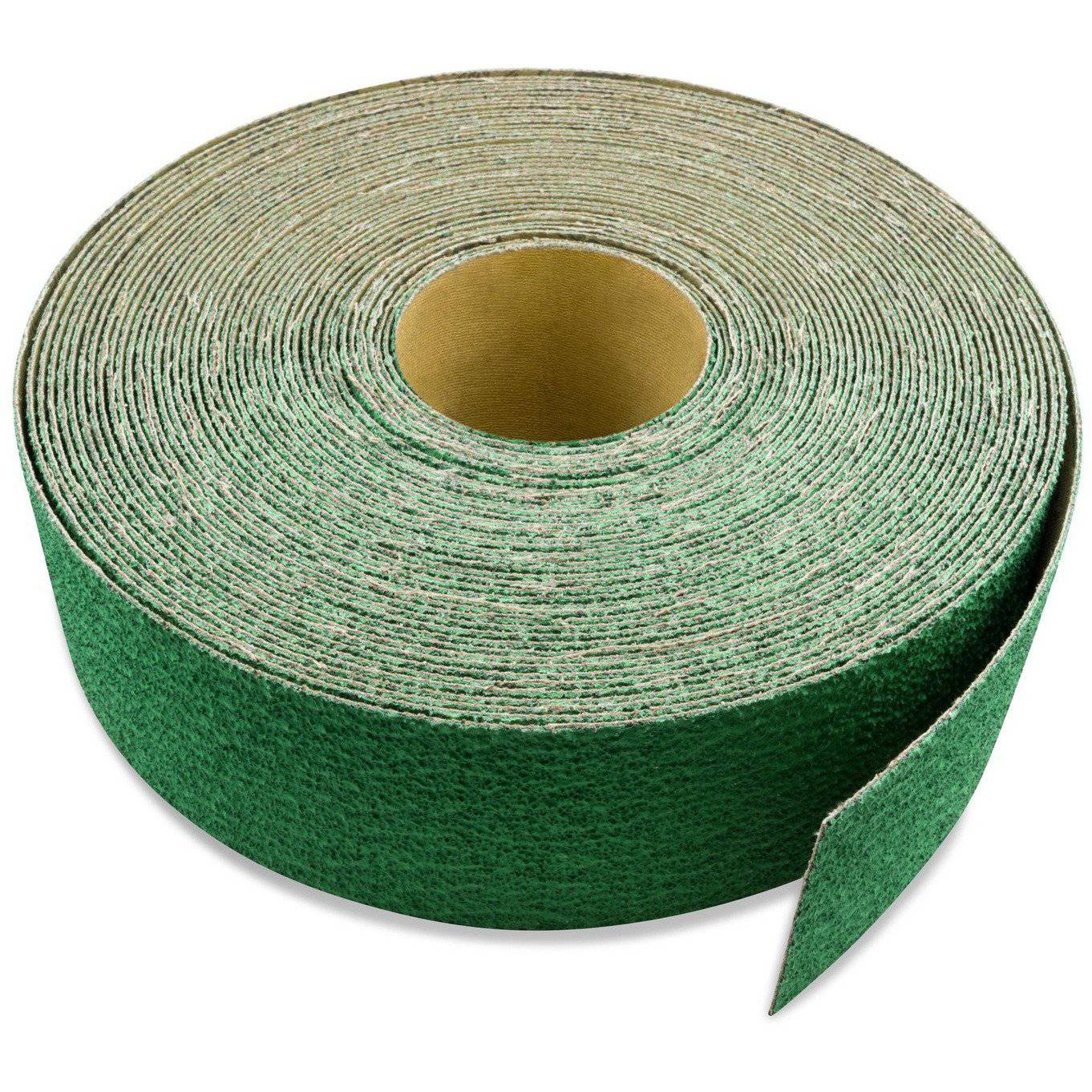
3 inch X 70 FT Premium Zirconia Woodworking Drum Sander Roll
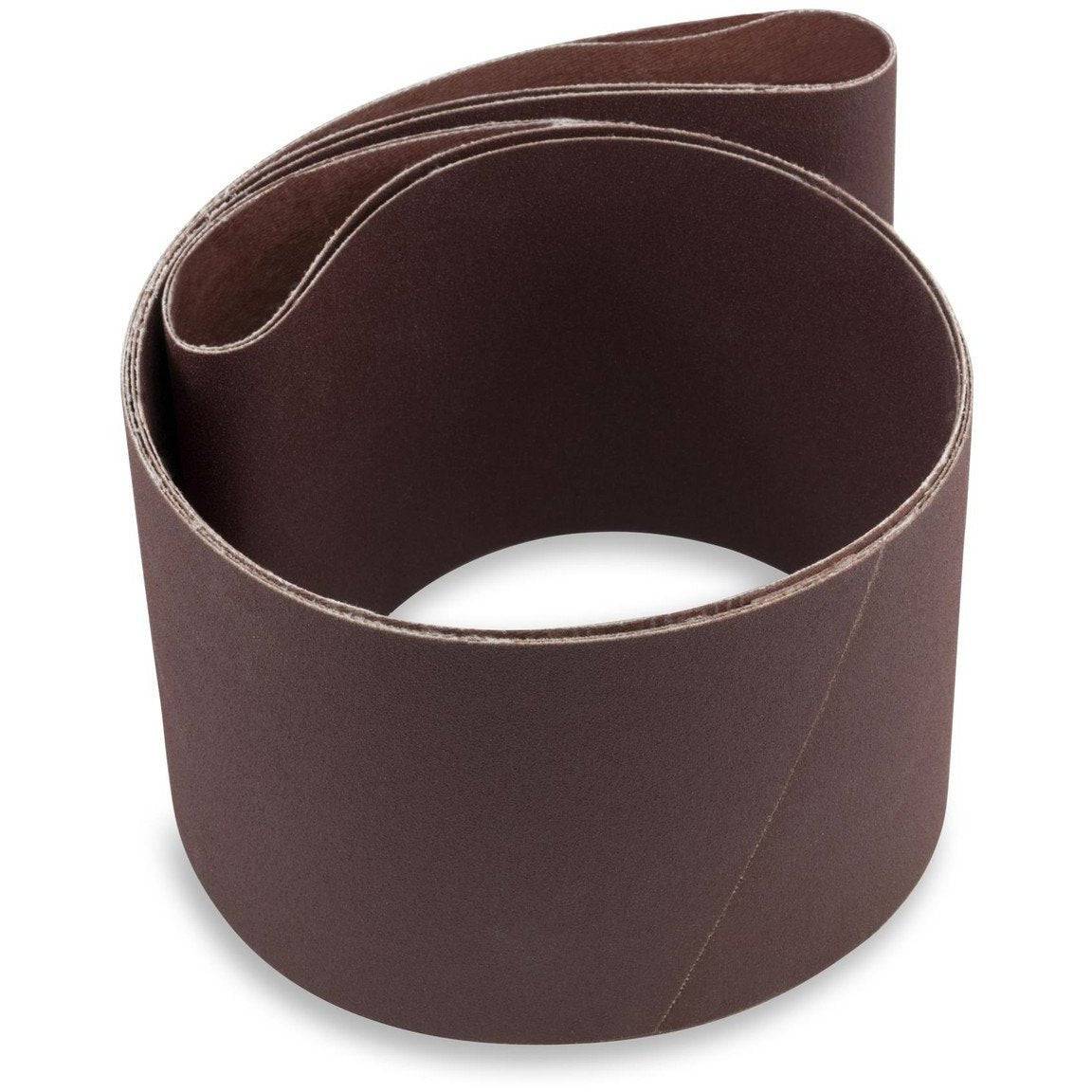
6 X 48 Inch Aluminum Oxide Wood & Non-Ferrous Sanding Belts, 2 Pack
Shop By Product Category





Why Choose Red Label?







